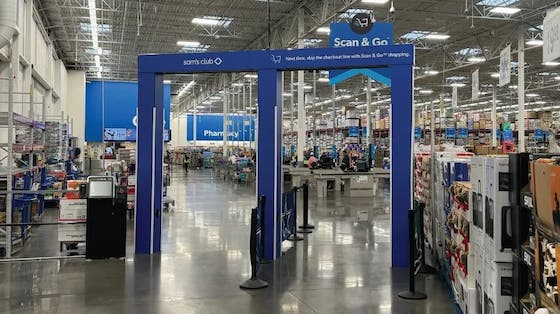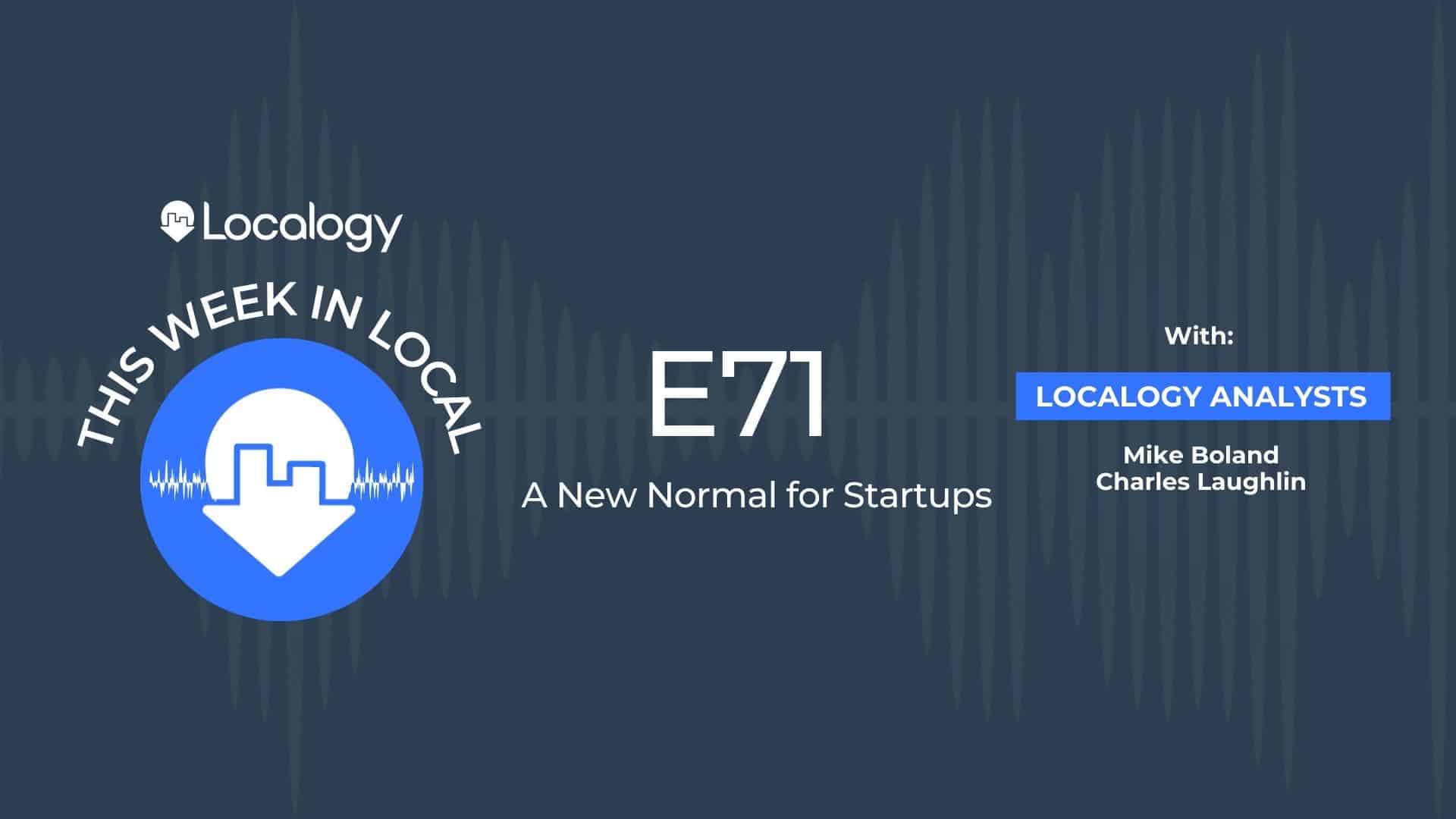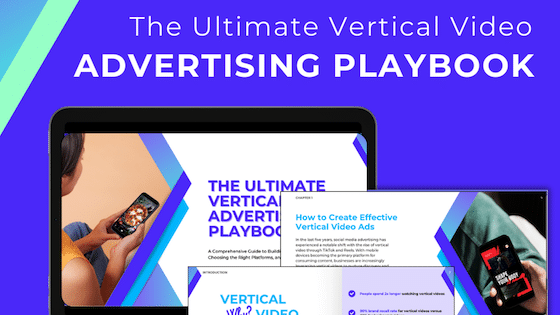When looking at the list of companies adding AI to the mix, we can add Snap. And it’s already tipped its hand in terms of how it plans to monetize AI. A new partnership will position Microsoft to insert ads into Snapchat’s My AI. These ads will be targeted based on user behavior and affinities.
Backing up, what is My AI? This is Snapchat’s AI chatbot feature that was introduced earlier this year. It lets users ask questions and get answers on a range of topics – everything from general knowledge to local recommendations. This positions Snapchat as more of a search engine for the first time.
As such, the typical search ad model is fitting, including sponsored results. Snap already telegraphed in May that sponsored results will be coming to My AI, targeted towards the contents of users’ queries. The idea is to reach users during the moments when they signal the greatest intent.
As for the user experience itself, sponsored links will connect users with advertisers throughout relevant parts of AI message threads. These results are meant to be delivered in native and seemingly organic ways, with the My AI chat assistant offering links to users to help answer their questions.
Early Mover Advantage
For Microsoft, this deal represents the latest win in the AI department. It also validates Microsoft’s early mover advantage in AI. After years of playing second fiddle to Google as an ad partner to other tech players, Microsoft is riding some momentum for its work with ChatGPT and Bing Chat.
In that sense, Microsoft brings a few things to the table. It has experience with Bing search ads in addition to chatbots. Specifically, this collaboration will be powered by Microsoft Advertising’s Ads for Chat API – something that it’s been able to build due to its early AI-based work with Bing Chat.
In fact, Microsoft’s tenure with the AI-powered Bing Chat has allowed it to gain valuable competency in serving sponsored results in a chat-based format. It already inserts ads into Bing Chat from 7,500 Microsoft brand partners. Google is doing something similar with Search Generative Experience.
Microsoft also bings brings the advertisers themselves. Though Snap has its own ads business, Microsoft will place advertiser messages and links for brands that have signaled an explicit interest in search advertising. This includes Microsoft Advertising’s clients in the U.S. and other select markets.
Learning Curve
Back to the local angle, Snap provided several local search examples when first launching My AI. For example, users can ask the chatbot for dinner recommendations, given prompts and qualifiers (e.g., sushi). Sponsored results could then include restaurant advertisers or food delivery apps.
Another example Snap offered was My AI users who ask about products. Sponsored results can include brands, competing products, or local retailers. Microsoft can reach into its pool of search advertisers and serve relevant fare accordingly. Organic results could also stem from data that has built up in Snap Map.
We mention this local search use case not just because it’s Localogy’s focus but because it feeds directly into the latest monetization efforts with Microsoft. Local searches are high on the user-intent scale, and are therefore among the interactions subject to Microsoft-driven sponsored results.
Meanwhile, Snap will have some control over the ad experience. Microsoft’s Ads for Chat API is the same technology it uses in Bing Chat but lets third parties – in this case, Snap – customize the experience. And that will involve a learning curve. We’ll be watching to see if it can find the sweet spot for chatbot ads.




